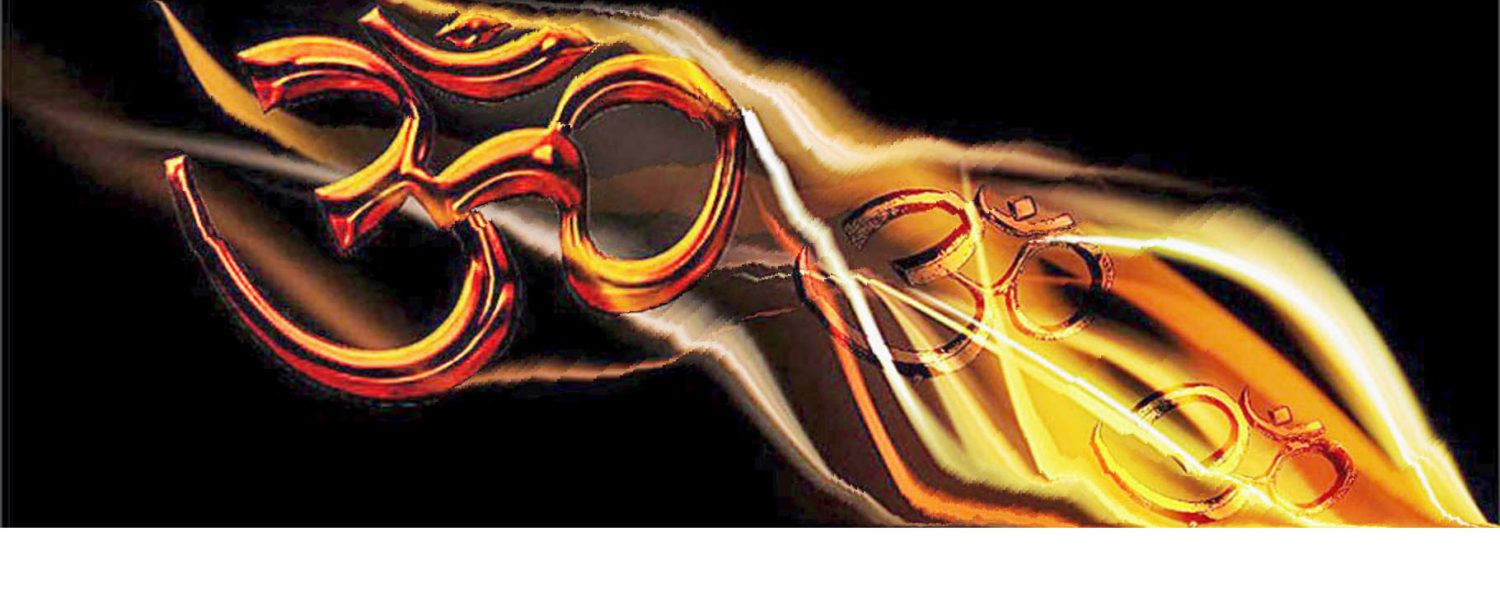The Real I and the Phantom I
Devotee: In the practice of meditation are there any signs of the nature of subjective experience or otherwise, which will indicate the aspirant’s progress towards Self-Realisation?
Maharshi: The degree of freedom from unwanted thoughts and the degree of concentration on a single thought are the measure to gauge the progress.
D.: Is it necessary to take to sanyasa for Self-Realisation?
M.: Sanyasa is to renounce one’s individuality. This is not the same as tonsure and ochre robes. A man may be a grihi; yet, if he does not think he is a grihi, he is a sanyasi. On the contrary a man may wear ochre robes and wander about: yet if he thinks he is a sanyasi he is not that. To think of sanyasa defeats its own purpose.
Sri Bhagavan remarked: People see the world. The perception implies the existence of a seer and the seen. The objects are alien to the seer. The seer is intimate, being the Self. They do not however turn their attention to finding out the obvious seer but run about analysing the seen. The more the mind expands, the farther it goes and renders Self-Realisation more difficult and complicated. The man must directly see the seer and realise the Self.
D.: So then, it amounts to synthesising phenomena and finding the one Reality behind.
M.: Why do you still consider the phenomena? See who the seer is. Synthesis means engaging the mind in other pursuits. That is not the way to Realisation.
D.: I want to eliminate the non-self so that the Self may be realised. How shall I do it? What are the characteristics of the non-self?
M.: There is one who says that the non-self must be eliminated. Who is he?
D.: I mean this man. When I travel from Calcutta to Madras I must know Madras so that I may not alight at an intermediate station out of ignorance. There are the sign boards and the timetable to guide me in my travel. But what is the guide in my search for the Self?
M.: It is all right for the journey. You know how far away you are from Madras. Can you tell me how far away you are from the Self in order that you should seek it?
D.: I do not know.
M.: Are you ever divorced from the Self? Is it possible to be divorced? Are not all these alien to you and the Self the most intimate? Where should you go to gain the Self?
D.: I am now away from the Self. I must retrace my steps in order to regain it.
M.: How far away? Who says that he is apart? Can there be two selves?
D.: It is said that individuals are modifications of the Self, just as ornaments are of gold.
M.: When a man speaks in terms of ornaments ignoring their substance gold, he is told that they are gold. But here the man is consciousness and speaks of himself as its modification. Do you remain apart from Self that you speak of yourself as Its modification?
D.: Cannot gold be imagined to say that it has become an ornament?
M.: Being insentient, it does not say so. But the individual is sentient and cannot function apart from consciousness. The Self is Pure Consciousness. Yet the man identifies himself with the body which is itself insentient and does not say “I am the body” of its own accord. Someone else says so. The unlimited Self does not. Who else is he that says so? A spurious ‘I’ arises between the Pure Consciousness and the insentient body and imagines itself limited to the body. Seek this and it will vanish as a phantom. That phantom is the ego, or the mind or the individuality.
All the sastras are based on the rise of this phantom, whose elimination is their purpose. The present state is mere illusion. Dis-illusionment (removal of illusion) is the goal and nothing more.
D.: The mind is said to be a bundle of thoughts.
M.: Because it functions on account of a single root the ‘I-thought’.
“Manasantu kim margane krte naiva manasam marga arjavat.”
It has no real existence as a separate entity.
D.: Are not thoughts projections from the mind?
M.: In that case the mind is taken to be synonymous with the ‘I-thought’ or the ego.
Talks with Ramana Mahrshi
12th June, 1937
Talk 427.



